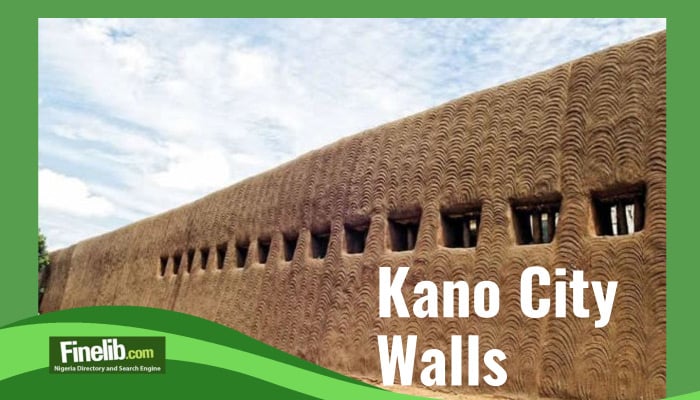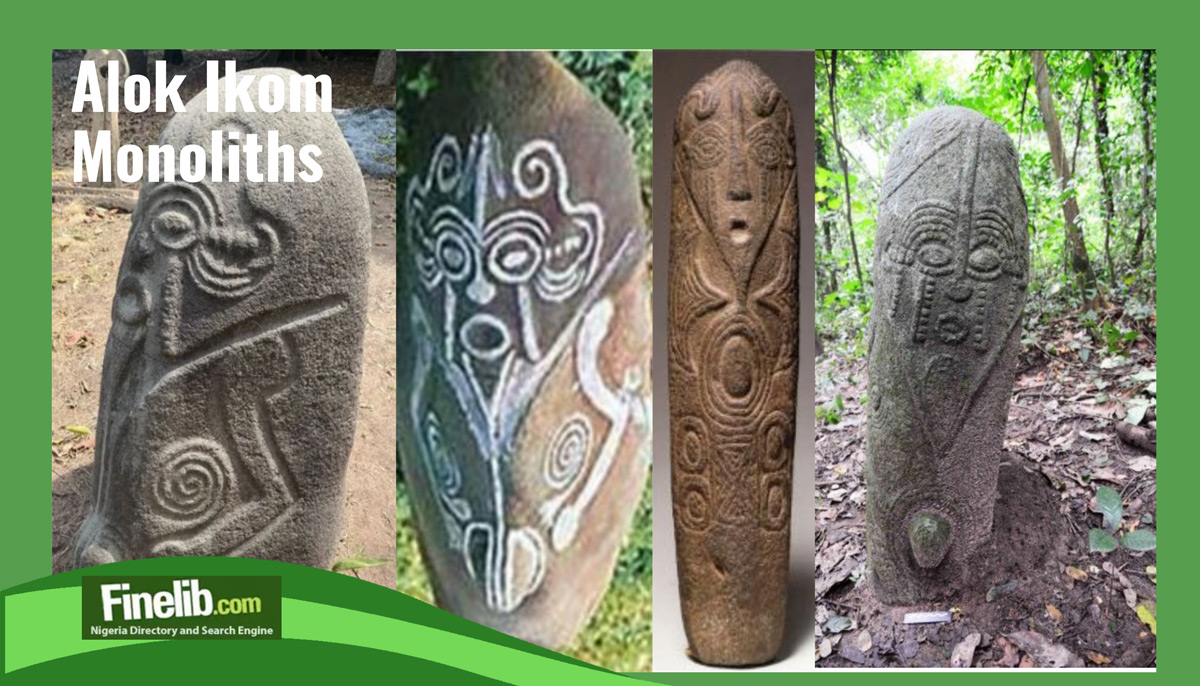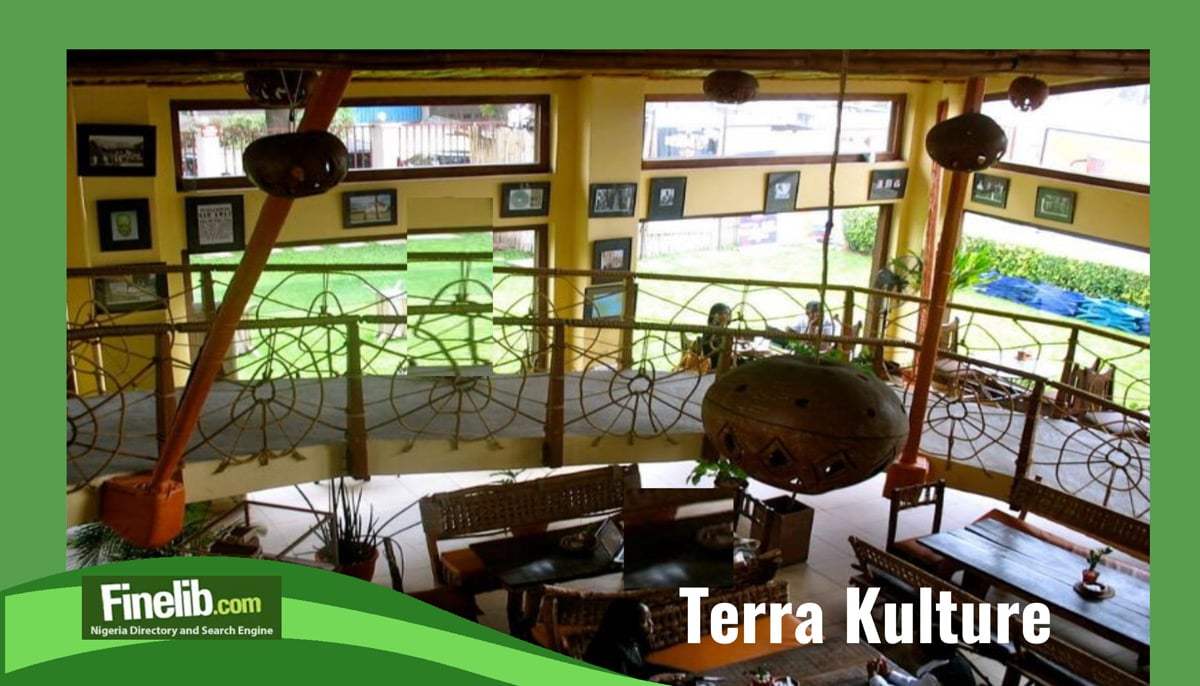The Magnificent Ancient Kano City Walls: A Living Monument to Nigeria's History

Nestled in the heart of northern Nigeria, the ancient city of Kano boasts a remarkable piece of history that has stood the test of time - the Ancient Kano City Walls.
These awe-inspiring defensive fortifications have witnessed centuries of civilization, trade, and cultural exchange. In this article, we delve into the rich history, structure, and significance of the Kano City Walls, exploring their challenges and the importance of their preservation.
A Glimpse into the Past
The story of the Ancient Kano City Walls begins in the 11th century when Sarki Gijimasu, the third king of the Kingdom of Kano, laid the foundation for their construction.
Over the next few centuries, the walls evolved and expanded under the reign of Zamnagawa, reaching their final form in the 16th century. These impressive fortifications, spanning approximately 11 to 12 miles, were an engineering marvel of their time.
Structure and Features
The combining of dirt and mud led to the construction the old walls in Kano City using a mixture of earth and soil, creating a solid barrier to protect the city from external threats.
At their base, these walls measured an impressive 40 feet in thickness and stood between 30 to 50 feet in height. Strategically positioned along the walls were 13 gates, each serving as an entry and exit point for the city's residents.
These gates were operated by dedicated security guards known as Sarkin Kofars, ensuring the safety and control of movement in and out of the town.
Historical Significance
The Ancient Kano City Walls hold immense historical significance for Nigeria and the West African region. In 1903, during the Battle of Kano, British forces were astounded by the extent and formidable nature of the fortifications.
Sir Frederick Lugard, the High Commissioner of the Protectorate of Northern Nigeria, expressed his astonishment, stating that he had never witnessed anything like it in Africa. This recognition highlights the architectural prowess and military importance of the Kano City Walls.
Cultural and Spiritual Importance
The Ancient Kano City Walls serve as a vital barrier for the city's defense and hold significant cultural and spiritual importance in the region. The walls enclose substantial sites such as Dala Hill, the first settlement in Kano City, which played a pivotal role in its economic and political development.
Kurmi Market, a bustling commercial center, was a trade and cultural exchange hub. The Emir's Palace, a symbol of political power, stood as a testament to the city's rich heritage.
Challenges and Threats
Sadly, the Ancient Kano City Walls face numerous challenges today. Illegal encroachment, lack of maintenance, and the passage of time have taken a toll on these historical treasures.
Large sections of the walls have crumbled, and some gates are barely recognizable. The rapid expansion of Kano City's population, now around 3.6 million, has led to the construction of homes and businesses within the walls, further endangering their integrity.
Activities and Attractions
The Ancient Kano City Walls is a popular tourist attraction in Kano, Nigeria. Here are some activities and attractions to enjoy when visiting:
1. Explore the Walls: The Ancient Kano City Walls are the most prominent attraction in the city. They are over 600 years old and were to protect the ancient city of Kano from invaders. You can walk along the walls and explore their many gates and towers.
2. Visit the Gidan Makama Museum: This museum is within the walls and houses many artifacts and exhibits that showcase Kano's rich history and culture. You can see traditional art, costumes, and household items used by the people of Kano.
3. Shop at the Kurmi Market: This is one of the oldest and largest markets in West Africa, located just outside the walls. You can find a variety of goods here, including textiles, spices, and leather goods.
4. Visit the Emir's Palace: The Emir of Kano is the city's traditional ruler, and his palace is a beautiful example of conventional Hausa architecture. You can tour the palace and see its many courtyards and halls.
5. Visit the Dala Hills: These hills are located just outside the walls and offer a panoramic view of the city. You can hike to the top and enjoy the scenery.
6. Attend a Cultural Event: Kano is known for its vibrant cultural scene, and there are many events throughout the year that showcase traditional music, dance, and art. You can attend a festival or performance to experience the local culture.
Preservation Efforts
In addition to their defensive role, the Ancient Kano City Walls play a crucial part in the cultural and spiritual fabric of the region. Some gates have been painted and repaired, but the scale of restoration required is immense.
The Kano state government, facing financial constraints due to the drop in oil prices, has struggled to allocate sufficient funds for such a significant project.
Encouragingly, passionate individuals like Abbas Yushau, a wall preservation campaigner, recognize the importance of safeguarding this cultural heritage.
The Role of Education
Education plays a crucial role in preserving the Ancient Kano City Walls. Institutions like Bayero University, with its history department, continue to teach the historical significance of these fortifications.
Professor Tijjani Muhammad emphasizes the need to raise awareness among the younger generation, ensuring they understand and appreciate the contributions of their ancestors. By instilling a sense of pride and knowledge in the city's heritage, you can safeguard the wall for future generations.
Conclusion
The Ancient Kano City Walls offer visitors a rich cultural and historical experience. With its many attractions and activities, there is something for everyone in Kano. These walls stand as a symbol of resilience, cultural heritage, and historical significance in Nigeria.




